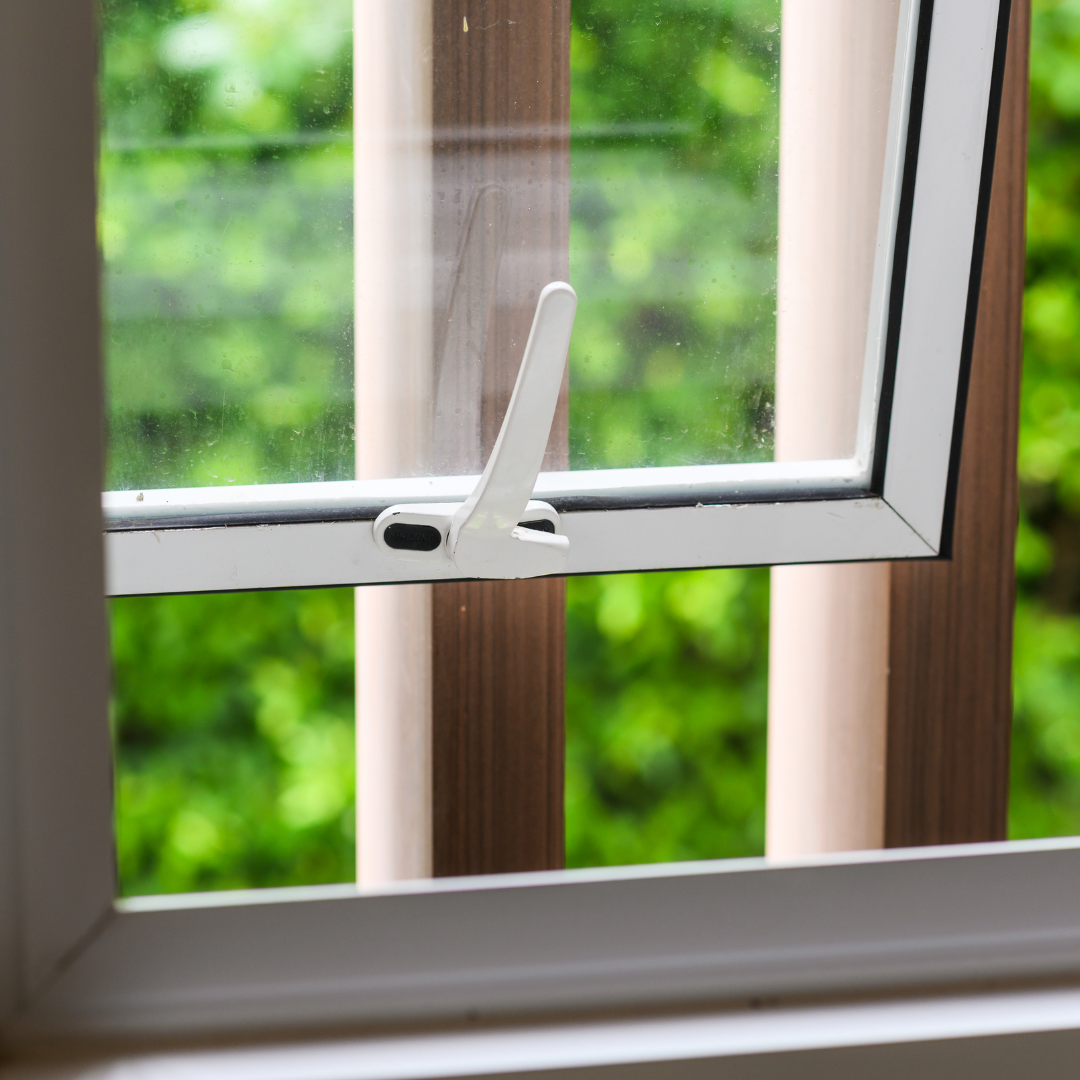
The Environmental Impact of Replacement Windows
In today’s era of heightened environmental awareness, every decision regarding our homes can make a significant impact. One such decision lies in the realm of window replacements. While upgrading to newer, more energy-efficient windows might seem like a straightforward choice, the environmental implications of such a decision are multifaceted and deserve careful consideration. In this article, we delve into the intricacies of the environmental impact of replacement windows, exploring factors such as material sourcing, manufacturing processes, energy efficiency, and end-of-life disposal. By understanding the lifecycle of replacement windows and their environmental footprint, homeowners can make informed choices that align with their sustainability goals. From reducing carbon emissions to conserving natural resources, the journey of replacement windows unfolds as a microcosm of our broader efforts towards a greener future. Join us as we uncover the hidden layers of environmental impact behind those seemingly innocuous panes of glass.
Understanding the Green Potential: How Replacement Windows Can Benefit the Environment
In the quest for a more sustainable future, every decision we make regarding our homes plays a crucial role. While the environmental impact of large-scale industries often dominates discussions on climate change, it’s essential not to overlook the significant contribution that individual households can make. One area where homeowners can directly influence environmental outcomes is through the replacement of old, inefficient windows with newer, energy-efficient alternatives. In this article, we’ll explore the green potential of replacement windows and how they can positively impact the environment.

Energy Efficiency: The Key to Reducing Carbon Footprints
One of the most significant environmental benefits of replacement windows lies in their enhanced energy efficiency. Old windows are notorious for drafts and leaks, leading to increased energy consumption for heating and cooling. By installing energy-efficient windows with features like double or triple glazing and low-emissivity coatings, homeowners can significantly reduce their reliance on artificial heating and cooling systems. This not only lowers utility bills but also decreases carbon emissions associated with energy production, making a tangible contribution to mitigating climate change.
Resource Conservation: Preserving Natural Materials
Traditional window materials like single-pane glass and wooden frames contribute to resource depletion and habitat destruction. In contrast, modern replacement windows often incorporate sustainable materials such as recycled glass, vinyl, or fiberglass. By choosing these eco-friendly options, homeowners can help preserve natural resources and reduce the environmental impact of window manufacturing. Additionally, the longevity and durability of high-quality replacement windows mean fewer replacements over time, further minimizing resource consumption.
Waste Reduction: Recycling and Responsible Disposal
When old windows are replaced, proper disposal becomes a critical consideration. Rather than sending them to landfill sites where they contribute to environmental pollution, many components of old windows can be recycled. Glass, aluminum, and vinyl frames are all materials that can undergo recycling processes, reducing the demand for raw materials and lowering energy consumption associated with manufacturing. By partnering with recycling facilities or opting for window replacement companies that prioritize responsible disposal practices, homeowners can minimize their environmental footprint and promote a circular economy.
Indoor Environmental Quality: Enhancing Health and Comfort
The environmental benefits of replacement windows extend beyond energy savings and resource conservation. Upgrading to energy-efficient windows can also improve indoor environmental quality by reducing drafts, moisture infiltration, and outdoor noise pollution. By maintaining more consistent indoor temperatures and minimizing air leaks, replacement windows create healthier and more comfortable living spaces for occupants. This can lead to reduced reliance on artificial heating and cooling systems, further lowering energy consumption and greenhouse gas emissions.
Green Building Standards: Meeting Sustainability Criteria
For homeowners seeking to align their renovation projects with green building standards, replacement windows offer an opportunity to contribute to sustainability goals. Many certification programs, such as LEED (Leadership in Energy and Environmental Design), prioritize energy efficiency and environmental performance in building materials. By selecting replacement windows that meet or exceed these standards, homeowners can enhance the overall sustainability of their homes and potentially qualify for eco-friendly certifications. This not only benefits the environment but also increases the property value and marketability of the home.
From Trash to Treasure: The Environmental Benefits of Recycling Old Windows
In the midst of renovation projects, old windows are often seen as nothing more than discarded debris destined for the landfill. However, these seemingly outdated fixtures hold untapped potential to contribute positively to the environment. Recycling old windows offers a sustainable solution that not only diverts waste from landfills but also conserves valuable resources and reduces energy consumption. In this article, we’ll explore the environmental benefits of recycling old windows and how this practice can play a vital role in promoting a circular economy and mitigating climate change.
Waste Diversion: Reducing Landfill Burden
Every year, millions of tons of construction and demolition debris, including old windows, end up in landfills, contributing to environmental pollution and resource depletion. By recycling old windows instead of sending them to landfill sites, homeowners can help alleviate the burden on waste management systems and reduce the environmental impact of renovation projects. Diverting this waste stream to recycling facilities not only conserves valuable landfill space but also prevents harmful chemicals and pollutants from leaching into the soil and water.
Resource Conservation: Harnessing the Value of Raw Materials
Old windows contain a variety of materials, including glass, wood, aluminum, and vinyl, all of which have the potential to be recycled and repurposed. Recycling these materials not only conserves natural resources but also reduces the energy and emissions associated with extracting, processing, and manufacturing new materials. By harnessing the value of raw materials through recycling, homeowners can contribute to a more sustainable and resource-efficient economy while minimizing their environmental footprint.
Energy Savings: Lowering Carbon Emissions
The energy savings achieved through window recycling extend beyond the conservation of raw materials. Recycling old windows requires significantly less energy than producing new ones from virgin materials. For example, recycling aluminum windows consumes only about 5% of the energy required to produce new aluminum from ore. By reducing the demand for energy-intensive manufacturing processes, window recycling helps lower greenhouse gas emissions and mitigate climate change, making it a critical component of sustainable waste management practices.
Economic Benefits: Stimulating Green Industries
In addition to its environmental advantages, window recycling also stimulates green industries and creates economic opportunities within local communities. Recycling facilities that process old windows create jobs and support local economies while providing valuable materials for manufacturing new products. By investing in recycling infrastructure and supporting green businesses, communities can build resilience and sustainability, fostering a circular economy where resources are reused and recycled rather than disposed of as waste.
Innovative Solutions: Repurposing Old Windows
Beyond traditional recycling processes, there is also potential for innovation in repurposing old windows into new and creative products. From reclaimed wood furniture to upcycle glass art, old windows can be transformed into functional and aesthetically pleasing items that add value to homes and communities. By embracing creative reuse and upcycling practices, homeowners can extend the lifespan of old windows and minimize the need for new materials, further reducing environmental impact and promoting sustainability.
The Ripple Effect: How Your Window Replacement Choices Impact the Environment
Every decision we make, no matter how small, has a ripple effect on the environment. When it comes to replacing windows in our homes, the choices we make can either contribute to environmental degradation or promote sustainability. In this article, we’ll explore the ripple effect of window replacement choices and how they can impact the environment.
- Energy Efficiency: Opting for energy-efficient replacement windows can significantly reduce energy consumption and lower carbon emissions, leading to a greener, more sustainable future.
- Resource Conservation: Choosing windows made from recycled materials or opting for materials that can be easily recycled at the end of their lifespan helps conserve natural resources and minimize waste.
- Waste Reduction: Proper disposal or recycling of old windows prevents them from ending up in landfills, reducing environmental pollution and conserving valuable landfill space.
- Indoor Environmental Quality: Upgrading to energy-efficient windows improves indoor air quality, enhances comfort, and reduces the need for artificial heating and cooling, further reducing energy consumption.
Conclusion
The examination of the environmental impact of replacement windows, particularly through the lens of EZ Window Solutions of Beachwood, underscores the critical role businesses play in sustainability efforts. With a commitment to eco-friendly practices, such as energy-efficient materials and responsible manufacturing processes, companies like EZ Window Solutions contribute to reducing carbon footprints and preserving natural resources. By prioritizing environmental consciousness alongside quality products and services, businesses not only meet consumer demands but also pave the way for a greener, more sustainable future for generations to come.


Write a Comment